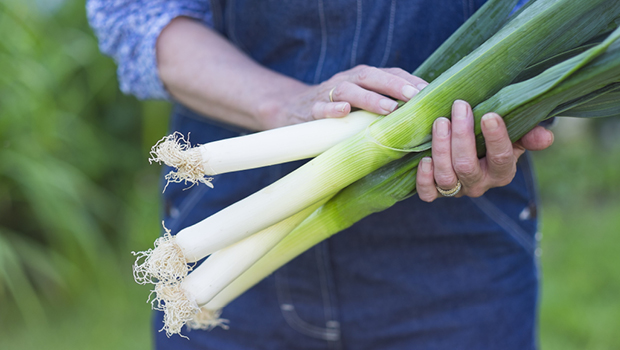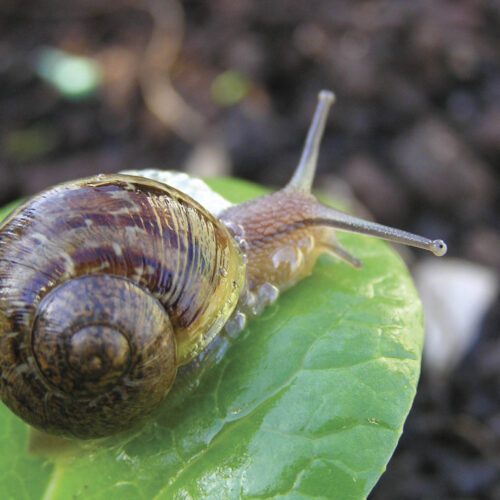Not too fancy leeks
2017-02-26T21:00:00+11:00
Subtle in flavour and appearance, the humble leek is all understated style, writes JUSTIN RUSSELL.
Some vegetable plants scream “Look at me!” with their beautiful appearance and bold flavour (yes, I’m looking at you tomatoes). Others are subtle, both in flavour and aesthetic. And you know what? That’s okay; vegie growing isn’t a beauty pageant, and while it’s satisfying to grow a perfect specimen, the bottom line is that many of the more demure plants – those lacking big flavours and stunning looks – are often the easiest to grow. Consider leeks [Allium ampeloprasum (Leek Group)].
They’re introvert vegies, subtle in taste and quietly beautiful. They don’t scream for attention, but when it comes to pests and disease resistance, an ability to thrive in a broad range of soils and climates, and the right combination of attributes to create kitchen alchemy, you’ll find few vegetables better than the leek.
They knew this back in ancient Egypt and Mesopotamia, where leeks were domesticated. The Roman emperor Nero might have been a brutal and cruel man, but he knew it too, praising the leek as his favourite food and earning him the nickname ‘Porophagus’, which means ‘leek eater’. He ate them fried in olive oil, believing they improved his singing voice (if not his penchant for cruelty).
My Welsh ancestors knew the value of leeks too. According to legend, in a fierce battle against the Saxons, Dewi Sant (St David) ordered his Welsh countrymen to wear a leek on their caps so that they might distinguish themselves from the enemy. Thus, it became a tradition in Wales to wear a leek on the lapel for St David’s Day, March 1. The leek is now a much-loved national emblem.
Leek varieties to grow
- ‘King Richard’ – A brilliant leek that produces extra-long shanks perfect for slicing. Not as frost hardy as Musselburg, but quicker (approx 75 days) to reach maturity.
- ‘Jaune de Poitou’ – An heirloom from the French Atlantic coast that produces a short thick shank and a yellow-green fan of leaves in relatively fast time (approx 90 days).
- ‘Giant Carentan’ – A lusty grower that develops a thick white shank of excellent quality. Mild enough to eat raw in salads. Around 100 days to maturity.
- ‘Musselburg’ – A venerable Australian heirloom that first appeared in 1864, but remains one of the best leeks for a cold climate. Very frost hardy. Around 120 days to maturity.
- ‘Blue Solaise’ – Highly ornamental and tasty, producing medium-length shanks and glaucous foliage that takes on a purple tinge in cold weather. Best in cold temperate areas. Around 100 days to maturity.






